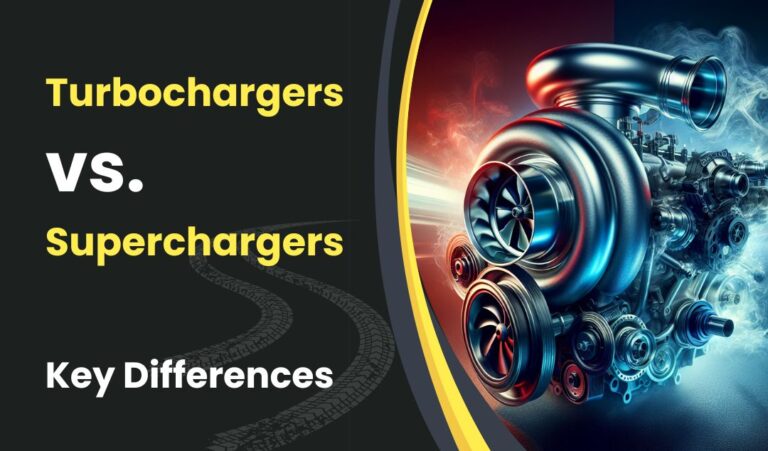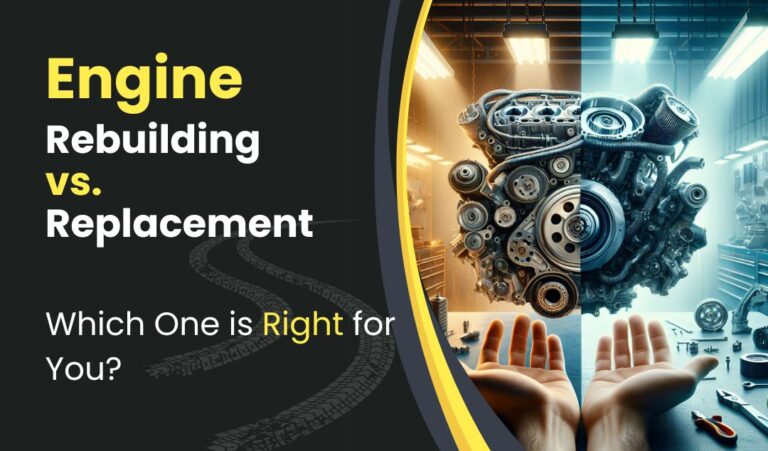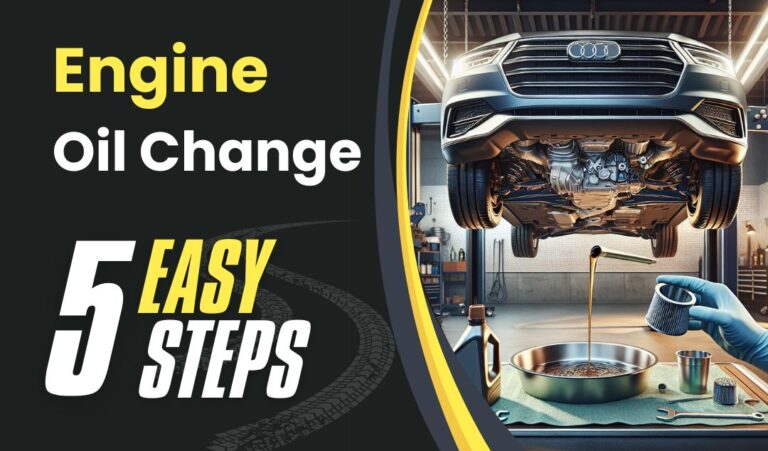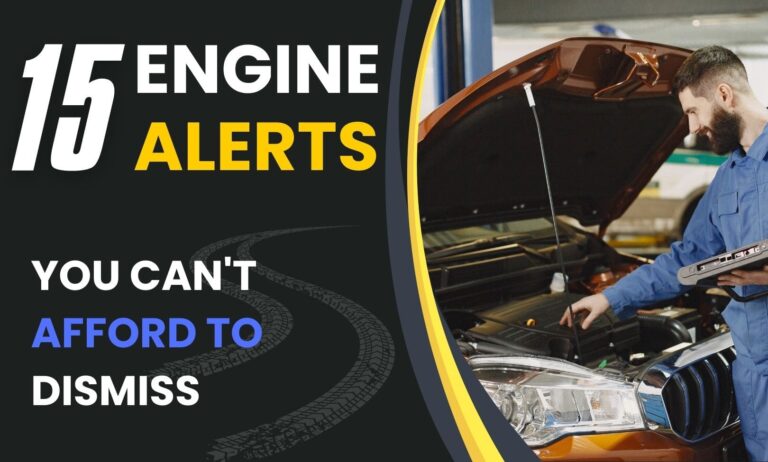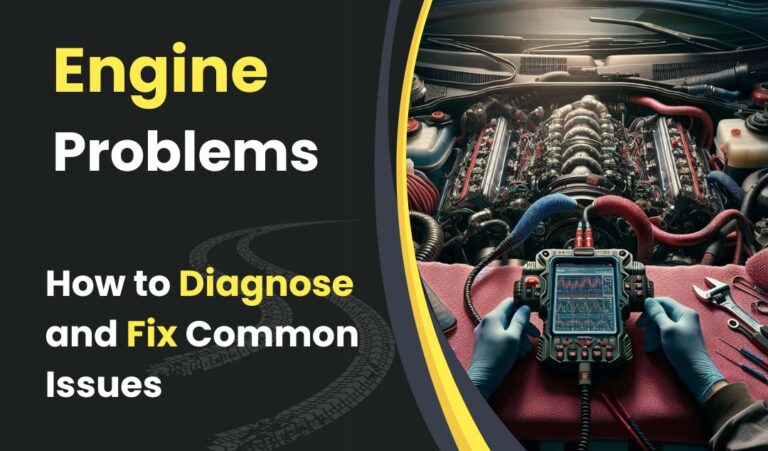Timing Belt Replacement: Key Reasons and Optimal Timing
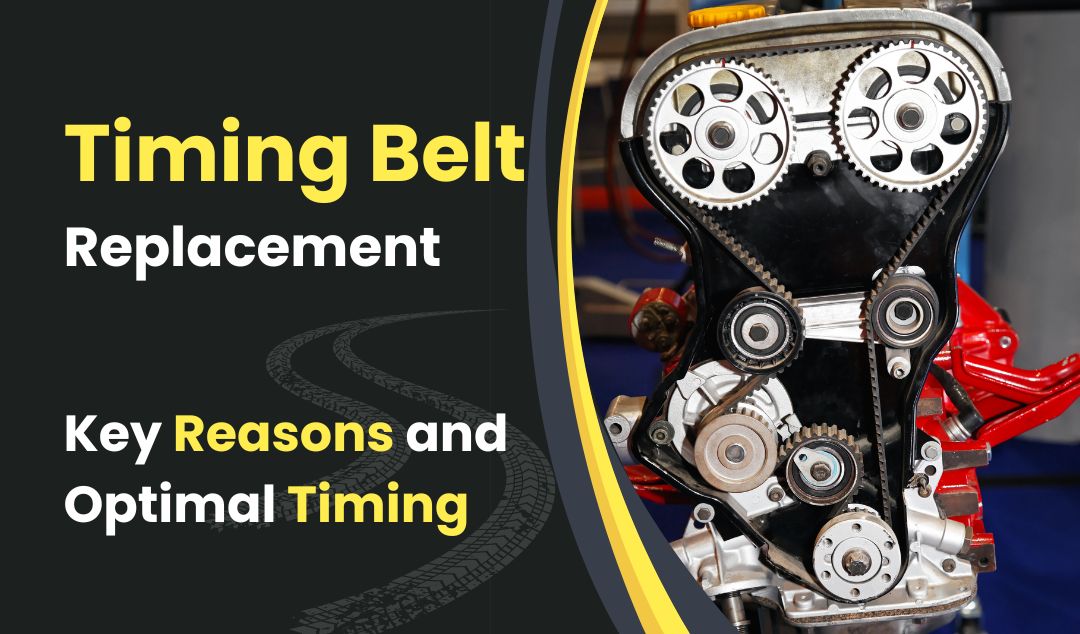
The timing belt is a critical component in many vehicle engines, playing a vital role in synchronizing the rotation of the crankshaft and camshaft. As this rubber belt wears over time, it can lead to serious engine damage if not replaced at the right intervals. Understanding the importance of timing belt replacement and recognizing the signs of a failing belt can save car owners from costly repairs and potential breakdowns.
Proper maintenance of the timing belt is essential for optimal engine performance and longevity. This article will explore the key differences between timing belts and chains, discuss common warning signs of a deteriorating timing belt, and outline the replacement process. Additionally, it will provide insights into timing belt replacement costs and help readers identify when it’s time to seek professional assistance for this crucial maintenance task.
Timing Belt vs Timing Chain: Key Differences
Timing belts and timing chains are crucial components in an engine’s operation, ensuring synchronization between the crankshaft and camshaft. While both serve the same purpose, they have distinct characteristics that set them apart.
Durability Comparison
Timing belts, made of reinforced rubber with high tensile fibers, typically last between 60,000 to 100,000 miles. Their lifespan depends on factors such as driving conditions, maintenance, and belt quality. Over time, these belts may develop cracks or damaged teeth, leading to potential failure.
In contrast, timing chains, constructed from metal alloys, offer superior durability. They have the potential to last the entire life of the vehicle, often reaching 250,000 miles or more. While chains can experience wear and stretch over time, they are not prone to sudden failure like belts.
Maintenance Requirements
Timing belts require regular replacement at predetermined intervals, usually every 5 years or between 90,000 to 105,000 miles, depending on the manufacturer’s recommendations. This proactive approach helps prevent unexpected breakdowns and potential engine damage.
Timing chains, on the other hand, generally require less frequent maintenance. However, proper lubrication is crucial for their smooth operation. As timing chains are lubricated by engine oil, following the manufacturer’s recommended oil change intervals is essential to ensure longevity.
Cost Implications
The cost of timing belt replacement typically ranges from $500 to $1,000, including the belt itself and associated components like the water pump. While the initial cost may seem high, it is a necessary maintenance expense to prevent more costly engine damage.
Timing chain replacements are generally more expensive, ranging from $1,500 to $4,000 when performed by a qualified repair facility. The higher cost is due to the complexity of the job and the need for specialized tools. However, the longer lifespan of timing chains often offsets this higher initial cost over time.
It’s worth noting that timing belts offer advantages such as reduced noise and fewer components, making them more cost-effective in some situations. Timing chains, while more expensive initially, provide benefits like durability and lower long-term maintenance costs.
Replace your Timing Chain, At Your Location!
Warning Signs of a Failing Timing Belt
Recognizing the warning signs of a failing timing belt is crucial for maintaining a vehicle’s engine health. By paying attention to these indicators, car owners can prevent costly repairs and potential engine damage. Here are some key signs to watch out for:
Engine Misfires
Engine misfires are often one of the first indicators of a problematic timing belt. This occurs when the belt affects the engine’s fire rate due to its connection to the pulleys that drive the crankshaft. As the timing belt wears out, it may slip on the camshaft drive, causing engine cylinders to open and close earlier than they should. This improper valve timing leads to incorrect combustion in one or more cylinders, resulting in misfiring. If left unaddressed, engine misfires can lead to catastrophic engine damage.
Visible Wear and Tear
Visual inspection can reveal signs of timing belt deterioration. Car owners should look for:
- Glazed or frayed appearance
- Visible cracks on the belt surface
- Damaged or missing teeth
While these visual cues can indicate wear, it’s important to note that there is no accurate way to visually determine how much time is left before the belt causes problems. In many cases, timing belts stretch beyond their hold limit before showing visible signs of damage.
Loss of Power
A worn timing belt can have an impact on the vehicle’s performance, leading to a noticeable loss of power. This occurs because:
- The engine becomes less responsive
- The vehicle struggles to accelerate as it normally would
- Incorrect valve timing reduces engine efficiency and power output
In some cases, an extremely worn timing belt may cause the valves to open and close at the wrong times relative to piston movement. This results in reduced engine volumetric efficiency and, consequently, a significant decrease in power output. Additionally, in interference engine designs, a broken timing belt can cause pistons to collide with valves, leading to severe engine damage and a complete loss of power.
It’s worth noting that oil leaks from the timing belt cover can also indicate potential issues. These leaks can result in overheating and premature timing belt wear, further compromising engine performance.
The Timing Belt Replacement Process
Necessary Tools and Parts
Replacing a timing belt requires a specific set of tools and parts. The essential tools include a socket set, torque wrench, combination wrenches, screwdrivers, jack, and jack stands. Additionally, a new timing belt is crucial, along with other components that are typically replaced during this process. These may include a water pump, tensioners, idlers, and other parts often included in a timing belt kit.
Step-by-Step Procedure
- Preparation: Ensure the engine is cold and disconnect the negative battery cable.
- Access: Remove the air intake hose, serpentine belt, and any accessories blocking access to the timing belt cover.
- Drain Fluids: Drain the engine oil and coolant, storing them for recycling.
- Remove Covers: Take off the timing belt cover after removing all necessary components.
- Align Timing Marks: Rotate the engine to top dead center, aligning the timing marks on the crankshaft and camshaft gears.
- Remove Old Belt: Loosen the tensioner and remove the old timing belt.
- Install New Belt: Carefully place the new timing belt, ensuring proper alignment with the timing marks.
- Tension the Belt: Adjust the tensioner according to the manufacturer’s specifications.
- Verify Alignment: Rotate the engine manually to check for proper alignment and smooth operation.
- Reassemble: Replace all removed components, including the timing belt cover and accessories.
- Refill Fluids: Add new engine oil and coolant.
- Final Check: Start the engine and verify proper operation.
Book Your Timing Belt Service! Right at Your Location!
Common Challenges
Timing belt replacement can be complex, especially for novices. The main difficulties include:
- Accessing the timing belt, which often requires removing multiple components.
- Ensuring precise alignment of timing marks to prevent engine damage.
- Proper tensioning of the new belt, which is critical for optimal performance.
- The time-consuming nature of the job, potentially taking 4-8 hours or more.
- The need for specialized tools and knowledge of specific procedures for different vehicle models.
Given these challenges, it’s often recommended for inexperienced individuals to consult a professional mechanic or thoroughly research their vehicle’s specific repair procedures before attempting this task.
Conclusion
Timing belt replacement is a crucial aspect of vehicle maintenance that has a significant impact on engine performance and longevity. By understanding the key differences between timing belts and chains, recognizing warning signs of failure, and grasping the replacement process, car owners can make informed decisions to keep their engines running smoothly. Regular attention to this vital component helps prevent costly repairs and ensures optimal vehicle operation.
To wrap up, staying on top of timing belt maintenance is essential to avoid unexpected breakdowns and potential engine damage. While the replacement process can be complex, seeking professional help or thoroughly researching specific vehicle requirements can lead to successful outcomes. By keeping an eye on mileage, listening for unusual engine noises, and addressing any performance issues promptly, drivers can enjoy peace of mind and extend the life of their vehicles.
FAQs
1. Why is it necessary to replace the timing belt?
Replacing the timing belt is crucial because it is made primarily of rubber, which deteriorates over time. If the timing belt breaks or slips due to worn teeth, it can cause severe and potentially irreversible damage to your engine.
2. Is it necessary to adjust the engine timing when replacing the timing belt?
Yes, when changing the timing belt, it is essential to adjust the engine timing. This process involves removing parts such as the cam belt cover, water pump, and tensioner. Ensuring that the engine’s valves are perfectly synchronized requires precise timing adjustments.
3. What are the indicators of a failing timing belt?
The signs that your timing belt may need replacement include:
- A ticking noise from under the hood while the engine is running.
- The engine fails to start.
- The engine misfires during operation.
- Oil leakage from the front side of the motor.
- Hydroplaning in wet weather conditions.
- The activation of the check engine light.
4. When should the timing belt be replaced?
The timing belt, also known as a cambelt, typically needs replacement between 40,000 and 100,000 miles. For vehicles with lower mileage, it is recommended to replace the belt approximately every four or five years, depending on the vehicle and manufacturer’s guidelines.

